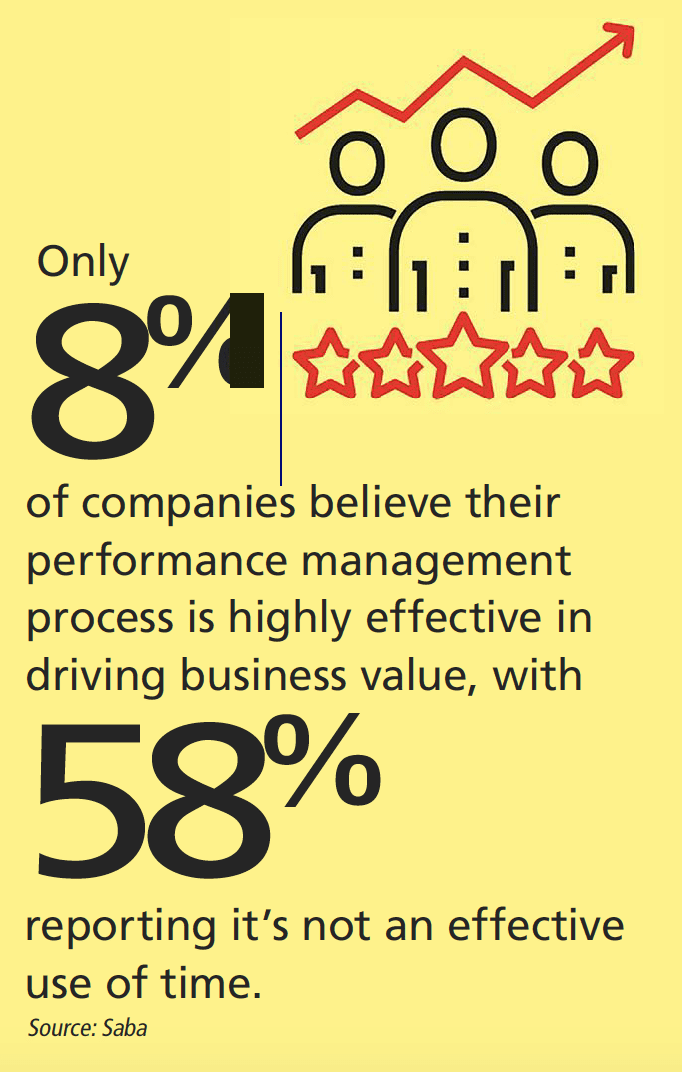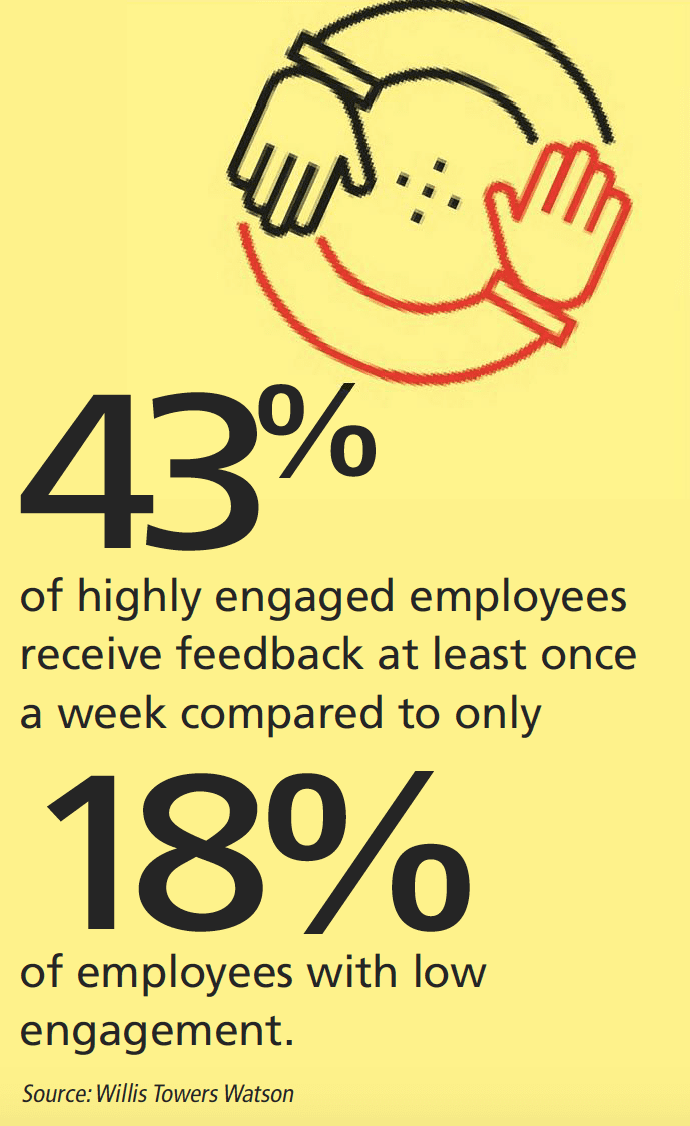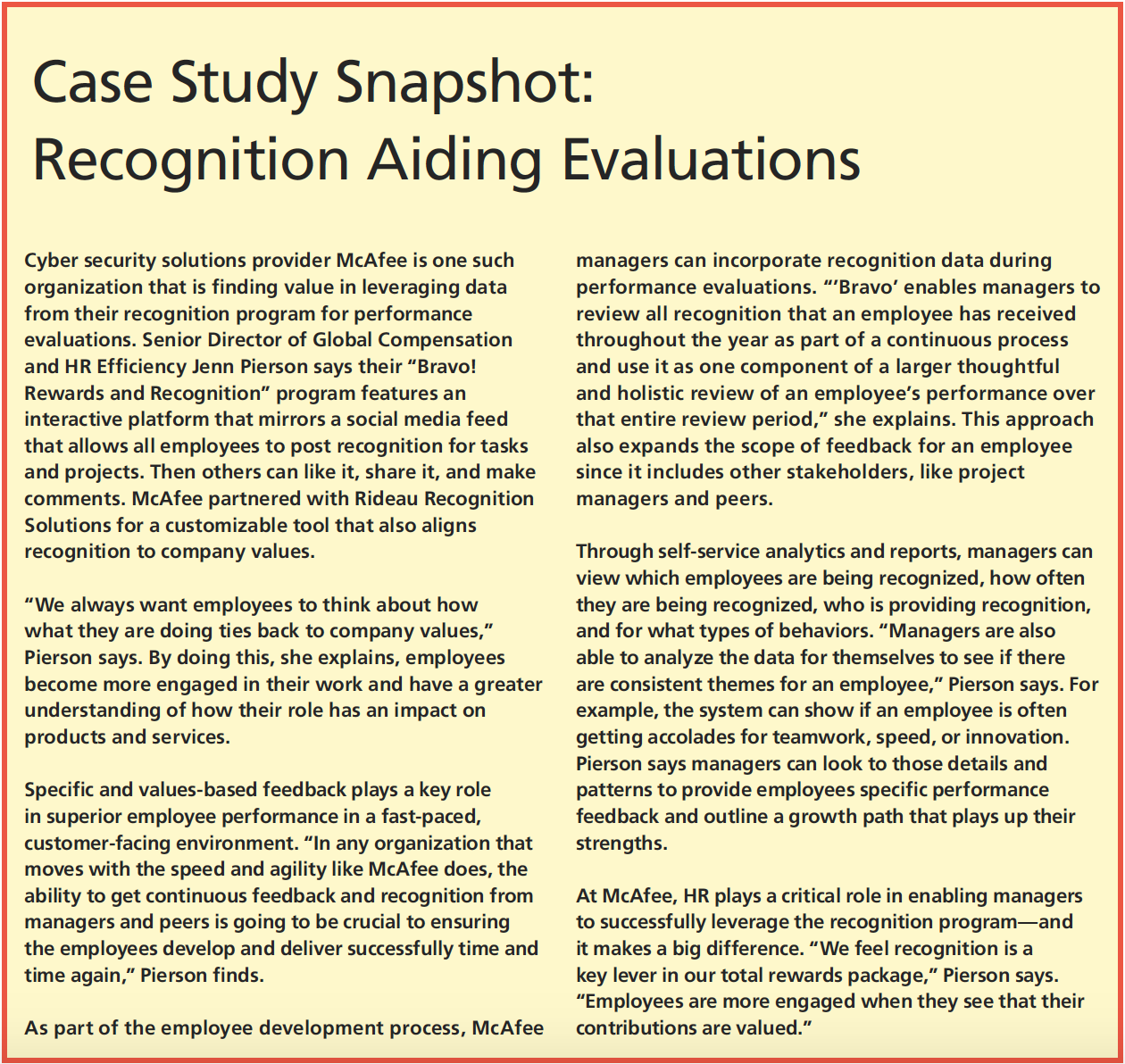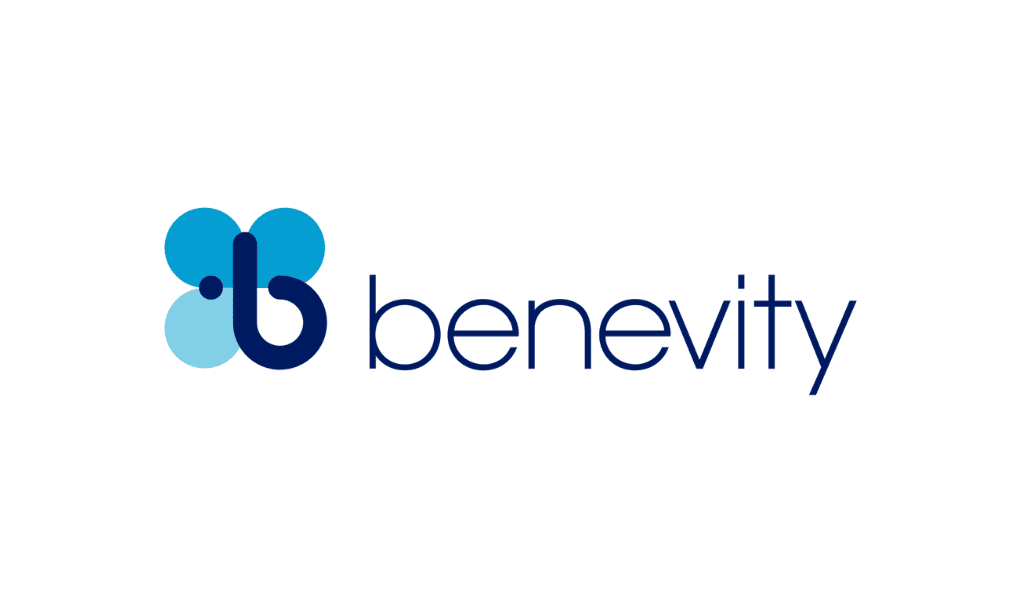HR is finding value in leveraging recognition program metrics for employee performance evaluations.
By Debbie Bolla
Traditional performance reviews have earned a reputation among the majority of organizations for underperforming. In fact, research from Saba found that only eight percent of companies believe their performance management process is highly effective in driving business value, with 58 percent reporting it’s not an effective use of time. Why is this?
“I think the biggest problem with performance management and performance metrics of all kinds is they are imperfect,” says Peter Cappelli, the George W. Taylor professor of management at The Wharton School and director of Wharton’s Center for Human Resources. “They only capture one aspect of performance. We are not at the point where there is a simple metric that will work for the benefit of the organization.”

That’s why more and more organizations are turning to the metrics from their recognition programs to provide employees with performance feedback to help with goal setting and growth opportunities.
“Many high-performing organizations realize that recognition is critical to driving business results,” says Theresa Harkins, vice president of client success and engagement solutions for Inspirus, a Sodexo Group company. “Recognition feedback is being incorporated into performance evaluations more because both recognition and feedback are competencies that are often used in leadership models.”
Tracking recognition from managers, leaders, and peers also has the ability to provide a more holistic view of employee performance. “Instead of relying on an annual performance review process, organizations are shifting toward empowering managers, peers, and teams to provide crowdsourced feedback with a focus on career development, positive reinforcement, and performance improvement,” says Derek Irvine, vice president of client strategy and consulting for Globoforce. “Positive feedback can be the engine that fuels a more honest conversation. It opens the door to engage in meaningful discussions about an employee’s performance and growth in the company.”
Research shows there is power in managerial feedback. A study from Willis Towers Watson finds that 43 percent of highly engaged employees receive feedback at least once a week, compared to only 18 percent of employees with low engagement.
“Everybody cares about getting feedback and recognition from their supervisor,” Cappelli says.

“Recognition platforms provide managers with detailed insights into employee behavior, trends, successes, and areas for improvement,” says Diane Scheidler, head of HR for Achievers. “These types of programs allow managers and organizations to analyze data around how their employees are interacting with their teams, departments and other colleagues and incite discussions around goal tracking, professional development progress, and offer opportunities for managers to provide detailed feedback in real-time.”
HR can look to specific data points when incorporating recognition into their performance analysis process. “Recognition metrics that reflect or measure the business performance of a team, recognition received or sent, the strength of employee relationships, and emotional ties within the organization are essential to the performance review process,” explains Harkins .
These include:
- Recognition frequency. HR can find value in examining how often employees are getting recognized and how often are they giving recognition. Saunderson says recognition platforms can track the number and percentage of recognition activities, including e-cards, nominations made, recognition messages sent, and points given, among others.
- Recognition value. HR needs to look at what employees are getting recognized for and how these achievements are aligned with company values. Scheidler says that if an employee continues to get recognized for innovation, this should be a part of the conversation come review time or when ongoing feedback is given.
- Recognition source. Saunderson recommends tracking the sources of recognition, especially focusing on the amount of unique senders and recipients. The employee level can also provide HR with more details around impact. For example, Scheidler says that senior leaders may commend assistance on important projects while younger staff may praise mentorship and training. This information provides insight in how employees interact with others and their potential for future leadership positions.
- Geography. Scheidler says recognition data can provide HR a picture into where employees are having the biggest impact: in their own office or in locations and across the globe.
In addition to tracking these metrics, there are a few best practices organizations can follow.
- Train front-line managers. “The ability to deliver authentic recognition that is simple, immediate, and specific that also resonates with an employee is a skill just like any other capability,” says Harkins. To ensure participation, Scheidler recommends providing managers with training and a platform that allows them to easily give and track recognition. “Make sure that your training program focuses not just on what you want your managers to do, but also why it’s so important to incorporate recognition activity into their review process,” she says.
- Give more frequent recognition. Irvine warns: Don’t wait until the end of the year to provide feedback –employee recognition should be given on a consistent basis to create a more holistic picture of achievements. Saunderson says organizations will run into trouble if program users give points or other tangible rewards only at the end of a budgetary period. “They’re trying to prove to their managers that they are using the program very well when in reality they are not,” he says.
- Include peer-to-peer feedback rather than only a top-down approach. “The ability to provide the full spectrum of feedback empowers organizations to develop employees as a whole,” Irvine says, so including peer-to-peer feedback is a critical component. Saunderson points out that social recognition platforms can play a key role in helping managers identify team players and emerging leaders. “Collaboration, diversity, and inclusion draw upon the strengths of peer relationships and working well together,” he says. “The social connectedness between employees is an indicator of positive relationship strength and can help predict emotional and social well-being.”
- Be consistent. “If your company has decided to incorporate recognition feedback into performance evaluations, you need to be consistent with this approach so employees know exactly what to expect,” Scheidler says. This will also help ingrain recognition into company culture and encourage participation among employees. Scheidler notes this can impact employee engagement, productivity, and the bottom line.
- Think for the future. Recognition data provides HR with the opportunity to spot potential leaders and groom them for growth. “The incorporation of recognition feedback into the equation allows text mining opportunities to search recognition program data for employees who have been recognized for identified talent needs in the company,” explains Saunderson says. “This provides information for talent management planners to identify potential candidates for succession planning and advancement.”
- Gain executive buy-in. The adoption of leveraging recognition data and feedback when evaluating employees’ performance will be more successful when executives are on board. “Senior leaders should be setting the example by incorporating recognition data into their own performance evaluations,” says Scheidler.
LEARN MORE
[metaslider id=”11448″]















